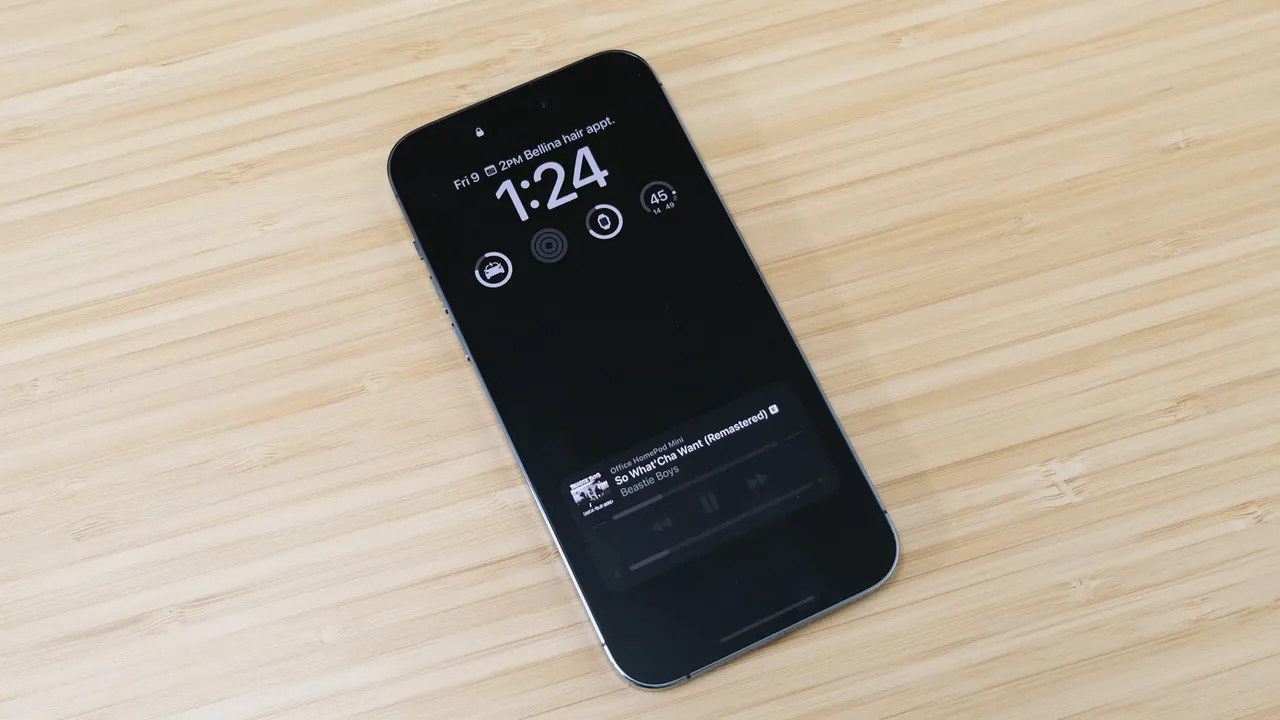- Always on Display shows notifications and other basic information on the off screen
- Depending on the manufacturer, you can establish that it remains active or activate it whenever you want
- What are the steps to follow to activate Always on Display on Galaxy, Pixel, OnePlus, etc?
Having to turn on and unlock our phone to find out if a message or email has arrived can be too annoying. Therefore, if you have an Android device, knowing how to activate or deactivate Always on Display is key to being able to take advantage of this very useful function on a day-to-day basis and avoid this step.
If you don’t know what this function is about, let us tell you that the Always on Display or always-on screen works in such a way that it shows notifications and other basic information on the off screen of your mobile. Although the background of the panel remains black, on it you will be able to access the essential data of your equipment.
Depending on the manufacturer, you can establish that Always on Display always remains active or activate it only when you want to know if you have a new message or email but, without going into those details, We intend to teach you what are the steps to follow to activate this function on your Android.
You will notice that the procedure can differ a bit depending on the brand of your mobile, but don’t worry because in the end you will be able to enable Always on Display on any smartphone in practically the same way.
So you can activate the Always on Display step by step
On Samsung mobiles
- Open your device Settings and tap Lock screen
- Select Lock screen in Settings
- Press Always on screen
- Go to Always in view, and turn on the switch at the top of the page
When you want to disable Always on Display, you have to move the switch to the off position again. Remember that there are more useful functions in the Samsung Galaxy that you can take advantage of just like the one mentioned.
On Google mobiles
- Open your device Settings and go to Display
- Press Show and, under Display, Lock screen
- If you’re a Pixel 4 owner, turn the feature on or off from Idle lock screen; while if you have a newer Pixel, turn the feature on or off from Always show time and info
When you want to disable Always on Display, you have to move the switch to off again. The Pixels are probably not as customizable, but their configuration and functions are not bad at all.
On OnePlus mobiles
- Open your device Settings and go to Customizations
- Tap Always-on display and go to Always-on display
- On the page that opens, turn on the Always-on display option
.When you want to disable Always on Display, you have to move the switch to off again.
On Xiaomi mobiles
- Open your device Settings and tap Always-on display & lock screen
- Activate the Always-on display option by sliding the corresponding switch
When you want to disable Always on Display, you have to move the switch to off again.
On Huawei mobiles
- Open your device Settings and tap Home Screen
- On wallpaper tap Always on display
When you want to disable Always on Display, you have to move the switch to off again.
Other frequently asked questions
Does Always On Display consume more battery?
As you can imagine, Always on Display consumes more battery than a black screen, completely turned off. Basically, the mobile has to turn on screen pixels, so you will notice that the autonomy is reduced somewhat more slightly than in other situations. It shouldn’t be something dramatic, but each case is different.
How to improve battery life even with Always On Display?
Some Androids will let you customize aspects of the Always on Display, though that won’t always happen. Eventually, some manufacturers will allow you to see notifications by pressing the screen first, etc. You could also tell it to show you fewer items so as not to overload the icon screen.
Can the always-on display be disabled?
Yes, by following the reverse steps to those we have cited here, you can deactivate the always-on screen.
Have you managed to activate Always on Display on your Android? How do you usually use this tool?





